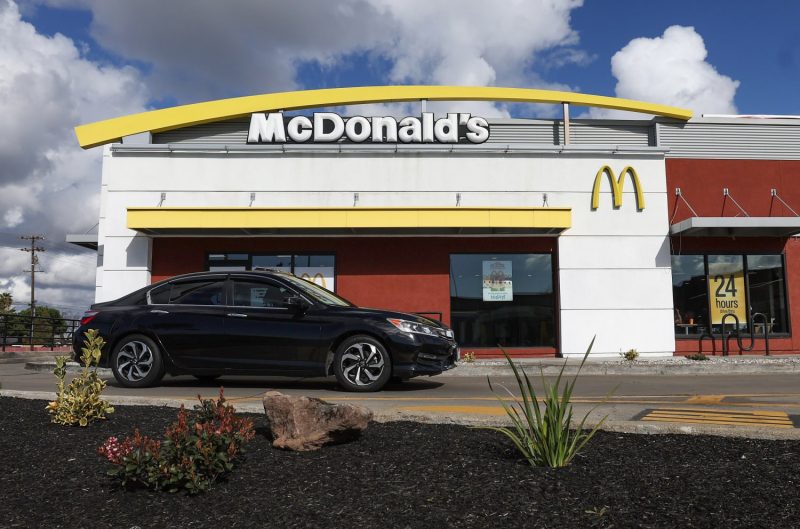With the global cost of living continuously on the rise, one of the most renowned fast-food chains, McDonald’s, has faced an uptick in its meal prices. While this increase in cost has been met with understanding from some consumers who acknowledge the prevailing economic situation, it has also led to an unfortunate flux of budget-conscious diners exploring less-expensive options.
McDonald’s, infamous for its iconic ‘Golden Arches,’ has historically been considered by many as a go-to option during financial hardships, because of its affordability. The rise in prices has, however, tarnished this reputation, creating a sense of incredulity among many of its loyal patrons. A simple comparison of prices dating back a decade ago paints a clear picture; the Big Mac meal that was once affordable now seems slightly out of reach for the average consumer.
Notably, the pricing shifts have been initiated due to multiple factors rather than a singular cause. The surge in prices stems from an increase in raw materials and logistics costs. Inflation combined with supply chain disruptions due to the global pandemic has forced the company to recalibrate their pricing formula.
Every aspect contributing to making a single burger has seen cost increases. Meat, vegetables, cheese, packaging material, fuel for delivery trucks – all these elements have seen an escalation in their prices. The ripple effect caused by these inflations has invariably led to consumers paying more for their regular orders at the fast-food chain.
Furthermore, personnel costs have also influenced the rising prices at McDonald’s. In a bid to keep their staff motivated and committed during tough times, McDonald’s has upped their wages, and added benefits such as paid leave. However, the organization has chosen to pass on some of these costs to the consumers, leading to a further escalation of their menu prices.
While it’s understandable why McDonald’s has made adjustments to their prices, the rising costs are inevitably pushing some diners away. In a marketplace saturated with competing quick-service restaurants and a rising trend of home cooking, many customers are opting for alternatives where they perceive better value for money.
The impact to McDonald’s bottom line remains to be seen. While reports indicate a decrease in customer traffic due to increasing prices, the brand’s worldwide recognition and plethora of loyal customers have cushioned the blow to an extent. Critics argue that while it is plausible to maintain an upmarket image with rising prices, it might inevitably risk the brand’s image as an affordable quick-stop restaurant.
In summary, McDonald’s increasing prices have been met with mixed reactions. While some consumers have demonstrated understanding towards these necessary adjustments, there is a segment of the market that feels the pinch and is gradually shifting towards more pocket-friendly alternatives. It’s a balancing act that McDonald’s and other fast food-chain restaurateurs must navigate in these ever-evolving economic and pandemic times.




